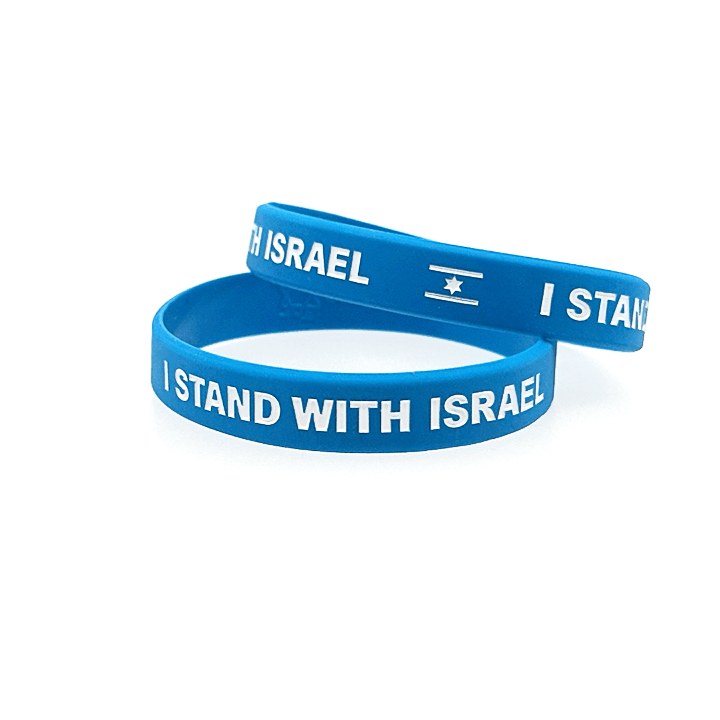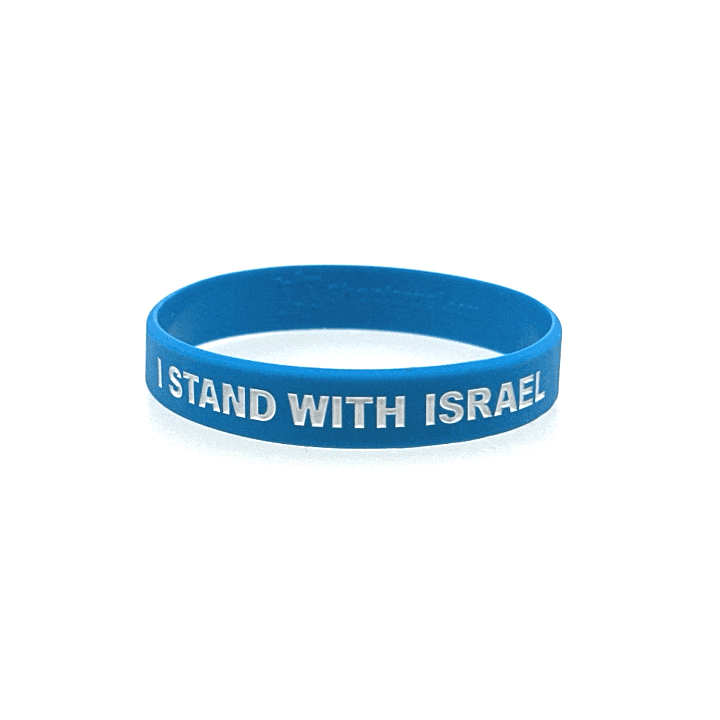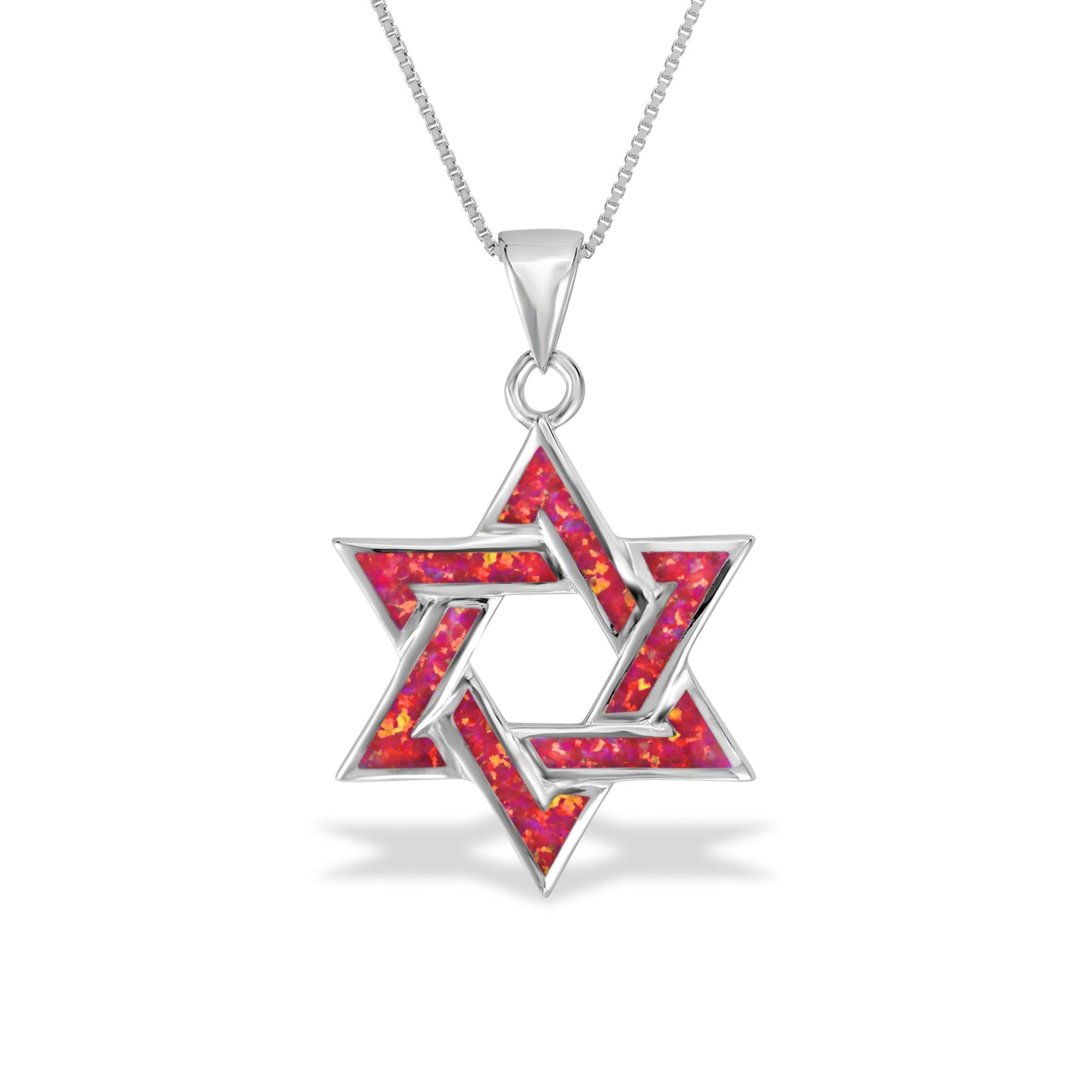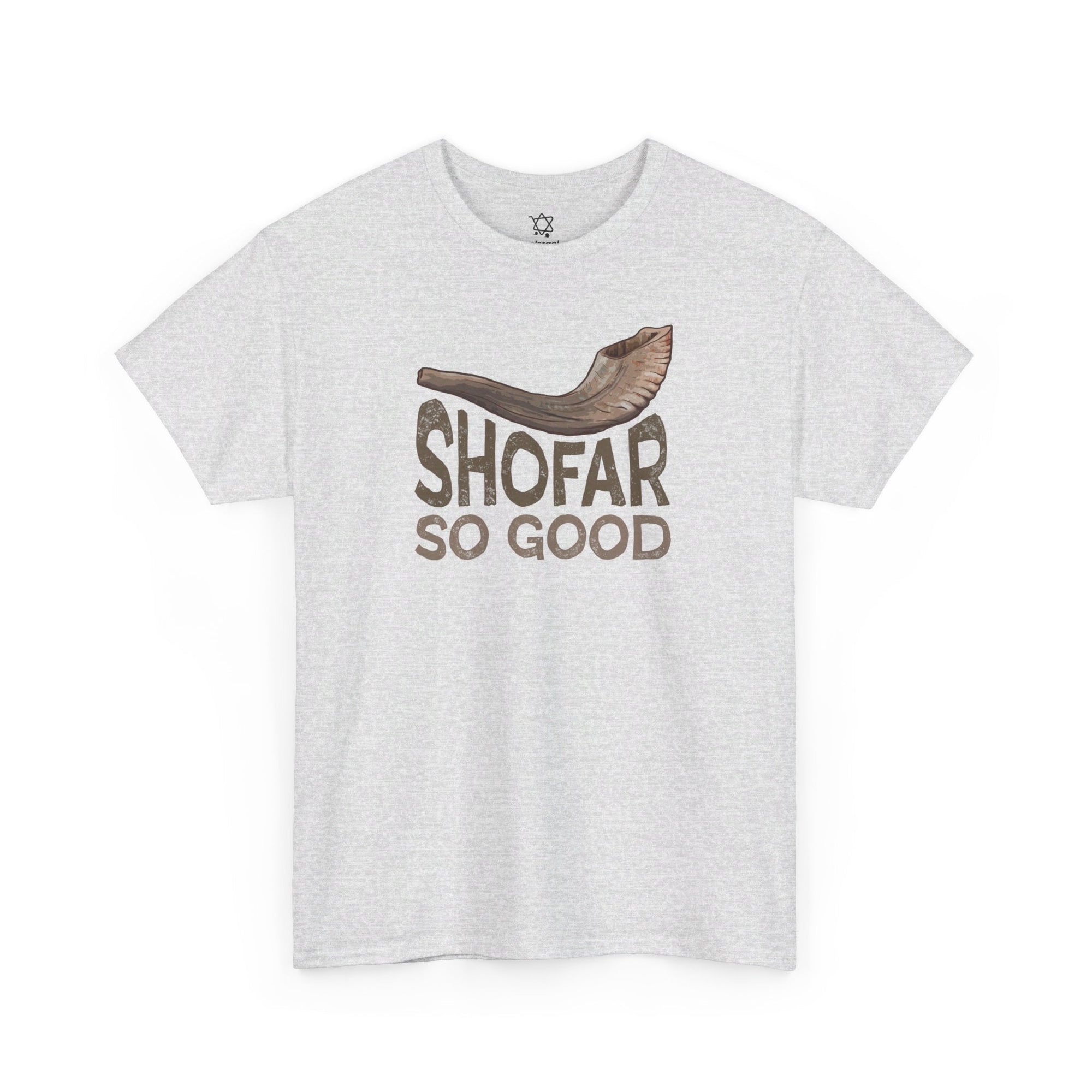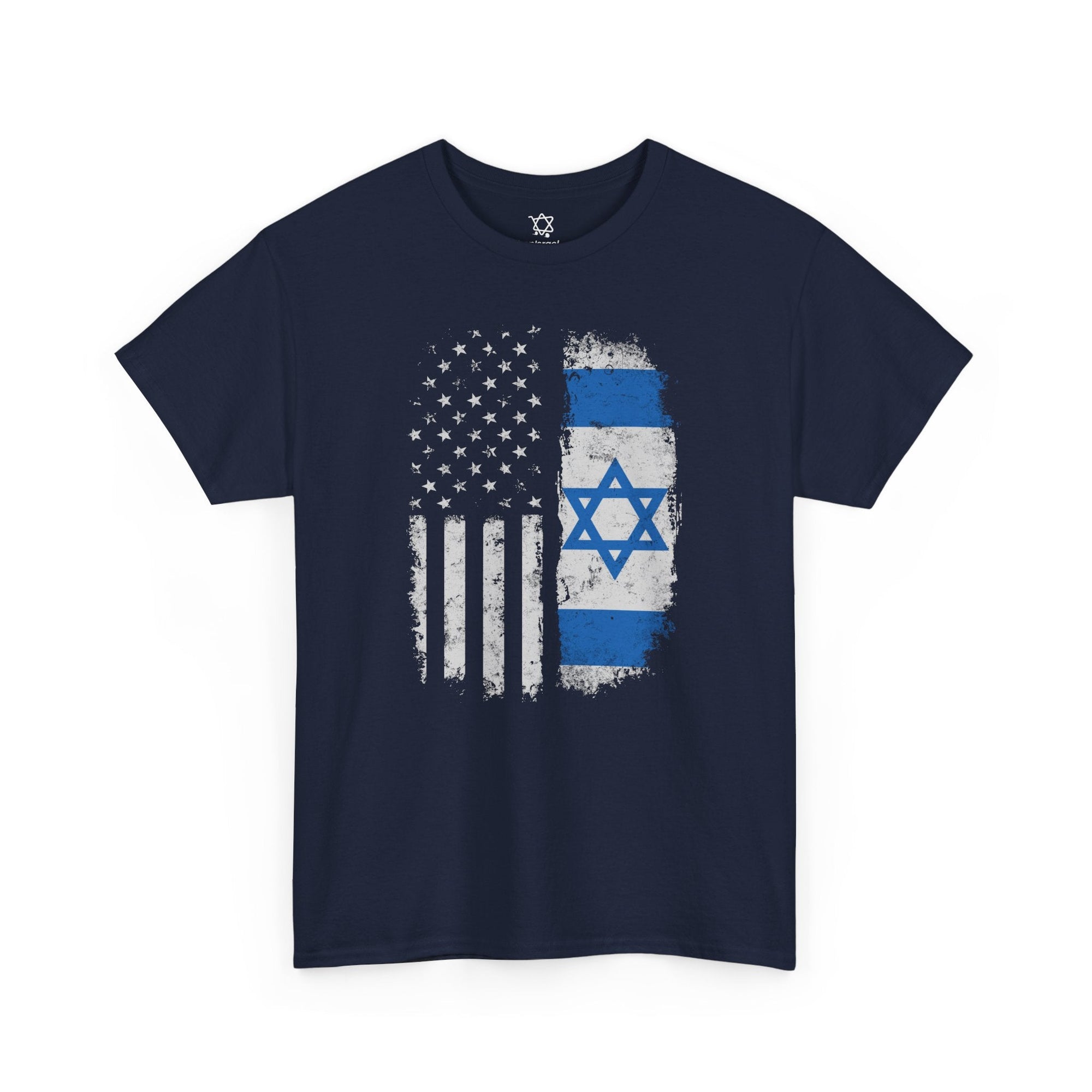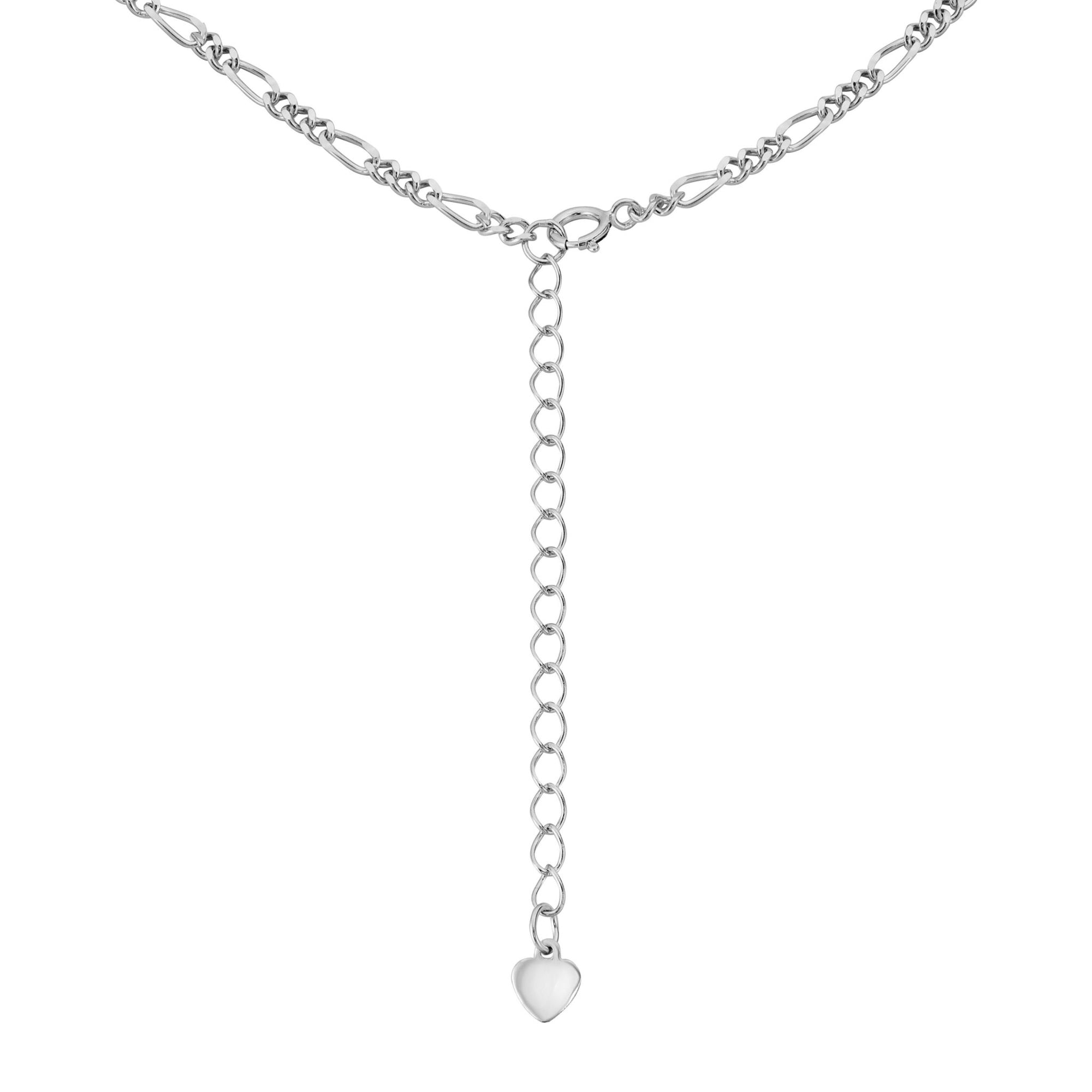The Hamsa: A Symbol of Jewish Protection and Faith
Key Takeaways
- The Hamsa, or Hand of Miriam in Jewish tradition, is a symbol representing protection, blessings, and divine oversight.
- Deeply rooted in Jewish culture, the Hamsa is associated with the spiritual legacy of Miriam, sister of Moses and Aaron.
- It embodies Jewish values of unity, strength, and the ever-present guardianship of God.

What is the Hamsa?
The Hamsa is a hand-shaped amulet that has become a powerful symbol of protection and blessings within Jewish life. The word "Hamsa" itself means "five" in Arabic, referencing the five fingers of the hand, which many connect to the five books of the Torah—Genesis, Exodus, Leviticus, Numbers, and Deuteronomy.
In Jewish tradition, the Hamsa is also known as the Hand of Miriam, honoring the biblical Miriam, sister of Moses and Aaron. Miriam is celebrated for her unwavering faith and courage, making her an ideal figure associated with protection and strength.
Historical Context of the Hamsa in Jewish Tradition
While the Hamsa is widely recognized across various Middle Eastern and North African cultures, its roots in Jewish history carry distinct significance.
- Ancient Origins: The earliest forms of hand symbols date back thousands of years and were present in numerous ancient civilizations, including Mesopotamia and Carthage. In Jewish communities, the Hamsa began appearing prominently during the medieval period, adopted as a defense against the evil eye—a malevolent glare believed to cause misfortune.
- Hand of Miriam: The Jewish connection to the Hamsa was solidified by linking it to Miriam, a powerful and protective figure in Jewish lore. Known for her role in protecting her infant brother Moses and leading the Israelites in song and celebration after the crossing of the Red Sea, Miriam symbolizes leadership, resilience, and divine assistance.
Symbolic Interpretations in Judaism
The Hamsa's meaning in Jewish culture is rich with symbolism that intertwines religious teachings, protective beliefs, and values central to Jewish life.
Divine Oversight and Protection
In Jewish tradition, the Hamsa serves as a reminder of God’s omnipresent protection. The term Hand of God is prevalent in the Torah and Jewish teachings, symbolizing divine intervention and protection. When depicted with an eye at its center, the Hamsa acts as a guard against the evil eye, reinforcing the belief that God’s watchful gaze shields individuals from harm.
The Five Fingers of the Hamsa
The Hamsa's structure, with its five fingers, resonates deeply with Jewish themes:
- Five Books of the Torah: The association with the Torah emphasizes adherence to God’s teachings and the importance of living a life guided by faith.
-
Mitzvot (Commandments): The five fingers can also represent the human hand as an instrument for fulfilling mitzvot, reinforcing the notion of actively performing good deeds and acts of kindness.

The Hamsa as the Hand of Miriam
The Jewish name for the Hamsa, the Hand of Miriam, connects the symbol to stories of the Exodus and the leadership of Miriam. Jewish midrashim and commentaries often portray Miriam as a source of inspiration and strength. Her role in sustaining the Israelites, such as through the Miriam's Well, a miraculous source of water that followed them in the desert, emphasizes themes of protection and divine support. The Hamsa, as her hand, embodies these values and serves as a talisman to draw on her qualities of watchfulness, care, and spiritual fortitude.
Cultural and Religious Use in Jewish Communities
The Hamsa is found in a variety of Jewish settings, from household decor to jewelry, where it acts as a visible emblem of faith and protection. It is common to see Hamsas inscribed with Hebrew prayers or blessings such as:
- Birkat HaBayit (Blessing for the Home): To invoke peace, protection, and prosperity in the household.
- Chai (Life) or Shalom (Peace): Words that carry powerful spiritual connotations in Judaism.
These inscriptions, along with other traditional symbols like the Star of David or the Menorah, enhance the Hamsa's meaning and its role in Jewish life as a source of blessing and divine safeguarding.
Mystical and Kabbalistic Insights
In Kabbalah, Jewish mysticism, the Hamsa holds additional layers of meaning. The five fingers are sometimes linked to the five levels of the soul described in Kabbalistic thought: Nefesh (basic soul), Ruach (spirit), Neshamah (higher soul), Chayah (living essence), and Yechidah (divine spark). This reinforces the idea that the Hamsa is not just a physical protective amulet but also a symbol for spiritual wholeness and connection to the divine.
The downward and upward orientations of the Hamsa are sometimes seen as meaningful:
- Upward Hamsa: A gesture to ward off negative energies and maintain vigilance.
-
Downward Hamsa: A sign for inviting blessings, abundance, and harmony.

The Hamsa in Modern Jewish Life
Today, the Hamsa continues to be a beloved and powerful symbol within Jewish communities around the world. Its widespread presence in art, jewelry, and spiritual practice speaks to its enduring resonance. The Hamsa is especially meaningful as an expression of Jewish identity and cultural heritage. It is worn and displayed proudly as an assertion of resilience, faith, and the protective power believed to come from the divine.
In Israel, the Hamsa is a common sight, symbolizing unity and shared heritage among Jewish people, both religious and secular. It is also featured in educational and community projects, fostering a connection between past and present.
Conclusion
The Hamsa, or Hand of Miriam, stands as a profound emblem in Jewish culture, steeped in history, mysticism, and spiritual significance. From its early uses as a protective amulet against the evil eye to its modern presence as a symbol of identity, the Hamsa embodies the core Jewish values of protection, faith, and unity. Through its depiction in art, jewelry, and home decor, the Hamsa continues to remind Jewish communities of their strength, divine connection, and the blessings that sustain them.











